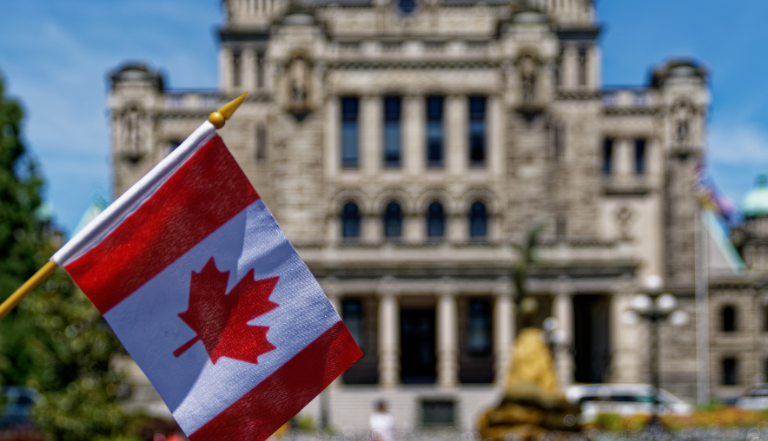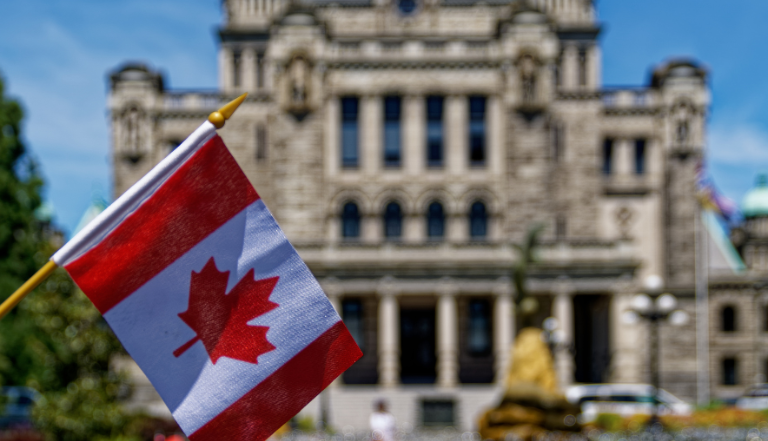Patent rights holders are unlikely to benefit from adjusting their prosecution strategies in an effort to obtain term extensions under Canada’s new patent term adjustment (PTA) framework, which comes into force on January 1, 2025.
Under the new PTA framework, a patent is eligible for an additional term if it has a filing date on or after December 1, 2020, and was issued after a prescribed date, which is the later of:
- Five years from the “applicable day” that the Canadian patent system was engaged (i.e., the national phase entry date for PCT national phase applications, the filing date for regular applications, or the “presentation date” for divisional applications); and
- Three years from requesting examination.
PTA is not assessed automatically. A patentee must file a request, together with an official fee of $2,500 CAD ($1,000 for small entities), within three months of the issue date in order to have the Canadian Intellectual Property Office (CIPO) consider whether the patent is eligible for PTA.
If granted, the additional term would commence immediately after expiry of the patent’s regular 20-year term. The duration of the additional term is equal to the number of days between the prescribed date and the issue date, minus a number of days as prescribed in the regulations.
On November 29, 2024, the Canadian government registered finalized regulations which establish the “days to be subtracted” (excluded periods) from the additional term. The list of excluded periods is extensive and generally encompasses every day during prosecution in which the applicant could have taken an action but did not. For example, the following days are subtracted from the additional term:
- each day that the applicant defers filing a Request for Examination (after the applicable day);
- each day that the applicant takes to file a response to an outstanding Office Action; and
- each day that the applicant defers paying the Final Fee (after a Notice of Allowance is received).
Furthermore, the excluded periods encompass all days starting from the date the applicant files a first Request for Continued Examination (RCE) and ending on the date that the Final Fee is paid. Under Canadian practice, an RCE must be filed in order to continue prosecution after a third Office Action is received. This means that the entire period between issuance of a third Office Action and payment of the Final Fee is subtracted from the additional term.
Put another way, there are four periods of time that are not subtracted from the additional term. These periods are summarized in the following table according to their start and end dates, together with CIPO’s current (2024-2025) performance target for each associated action:
|
Start Date |
End Date |
CIPO Performance Target |
|
Request for Examination |
1st Office Action |
17 months |
|
1st Office Action Response |
2nd Office Action |
7-10 months |
|
2nd Office Action Response |
3rd Office Action |
7-10 months |
|
Final Fee Payment |
Patent Issuance |
4-6 weeks |
The sum of the above-noted performance targets is just under 40 months. By contrast, a minimum of 5 years (60 months) (from the applicable day to issuance) is required to be eligible for PTA.
Therefore, even if an applicant managed to avoid any delays that could reduce the PTA term (which, from a practical perspective, is unlikely as some delay will be inevitable), CIPO would still need to miss its above targets by over 20 months in order for an additional term to be possible.
In view of the foregoing, exceptionally few patents are expected to qualify for term extensions under the current PTA framework, regardless of any efforts made by applicants to expedite prosecution. Over the next ten years, CIPO expects there to be 1,100 applications for additional term.
For pharmaceutical patents, it is further noted that the PTA term (if any) will run concurrently with any additional term obtained in the form of a certificate of supplementary protection (CSP), which accounts for delays in regulatory approval of medicines.
Given the low likelihood that a patent will be eligible for PTA, adopting prosecution strategies intended solely to obtain term extensions may prove fruitless or not outweigh the benefits of deferred examination (e.g., reliance on foreign prosecution or taking time to consider strategy).
Nevertheless, applicants seeking to maximize the likelihood of obtaining PTA can do so by requesting examination and submitting responses to the 1st and 2nd Office Actions as soon as possible. By the time a Notice of Allowance is received, it will likely be evident whether or not a term extension is available. Of course, applicants should speak with a Canadian patent agent prior to submitting a request for PTA consideration to CIPO, particularly in view of the significant application fee (and annual maintenance fees).
For further information, or to discuss strategies that are relevant to your patent portfolio, reach out to a member of the Marks & Clerk patent practice group in Canada.



